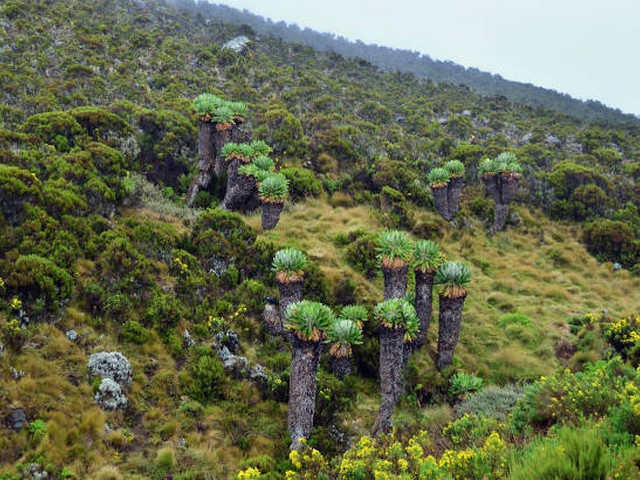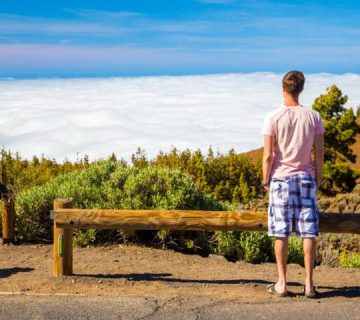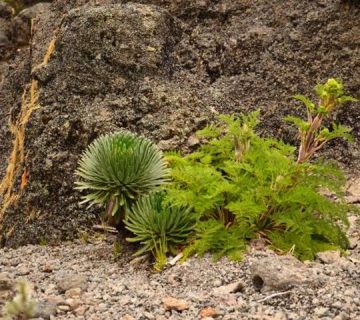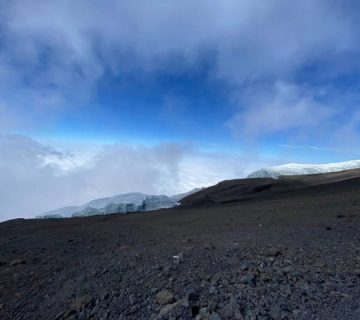Conquering Kilimanjaro: Your Ultimate Guide to the Best Waterproof Gear for Trekking
Embarking on a journey to ascend the majestic Mount Kilimanjaro is a dream for many adventurers worldwide. Touted as one of the most exhilarating experiences in Africa, each step towards Uhuru Peak involves not just physical and mental preparation, but also the right gear to shield you from the elements. At Kilimanjaro Centre for Trekking and Ecotourism (KCTE), we understand that the success of your climb hinges significantly on your equipment, particularly your choice of waterproof gear. In this detailed guide, we unveil the best waterproof gear for Kilimanjaro trekking, ensuring you are well-equipped to embrace the mountain’s challenges with confidence and safety.
Why is Waterproof Gear Crucial for Kilimanjaro Trekking?
Mount Kilimanjaro, standing proudly at 5,895 meters, is a giant that beckons with its snow-capped summit and diverse climatic zones. From tropical rainforests to alpine deserts, each zone presents its own set of weather conditions. Rain is frequent and unpredictable, particularly in the rainforest zone and during the wet season. Therefore, having robust waterproof gear is not just a comfort but a necessity to protect against hypothermia, keeping you dry and warm from start to finish.
Essential Waterproof Gear for Your Kilimanjaro Adventure
Waterproof Jacket: Your First Line of Defense
Your jacket is your armor against the elements. Choose a waterproof, breathable jacket with a hood that can withstand heavy downpours. Look for materials like Gore-Tex or eVent, which provide excellent moisture barrier and breathability. Ensure it has taped seams and water-resistant zippers for added protection.
Waterproof Pants: Shield Your Lower Half
Complement your jacket with waterproof pants. These should be lightweight, easy to put on or take off over your boots, and breathable. Full side zips can be a lifesaver when you need to change quickly without removing your footwear.
Waterproof Gloves: Keep Your Hands Warm and Dry
Hands are often the first to feel the chill on a wet trek. Waterproof gloves with insulated liners can make a significant difference, keeping your fingers nimble and ready to handle any equipment or sudden changes in terrain.
Waterproof Boots: Solid Footing on Slippery Slopes
A sturdy pair of waterproof trekking boots is indispensable. Look for boots that offer not only waterproofing but also good ankle support and slip-resistant soles. Breaking them in before your trek is crucial to avoid blisters.
Gaiters: An Overlooked Ally
Gaiters wrap around your boots and lower legs, providing an extra layer of protection against water, mud, and even pebbles.
Choosing the Right Waterproof Gear: Tips and Tricks
- Layer Smartly: While your outer layer should be waterproof, your base and middle layers should focus on moisture-wicking and insulation. This layering system keeps you dry from both external water and internal sweat.
- Test Before You Trek: Try out your gear in different conditions. A simple test under a shower can reveal a lot about the efficacy of your waterproof gear.
- Balance Weight and Durability: Lightweight gear is favorable for reducing fatigue, but ensure it doesn’t compromise on durability and protection.
Caring for Your Waterproof Gear
Proper care can extend the life of your gear. Always clean your items following the manufacturer’s guidelines. Drying your gear naturally, avoiding direct heat, and storing it in a dry, cool place keeps the waterproof qualities intact for future adventures.
Why Choose KCTE for Your Kilimanjaro Trek?
At Kilimanjaro Centre for Trekking and Ecotourism (KCTE), we don’t just prepare you for the journey; we strive to make it unforgettable. Our experienced guides, comprehensive trek prep, and focus on safety are geared towards giving you the best Kilimanjaro experience. Booking your climb with KCTE means choosing a partner who values your dream and invests in making it a reality with the highest standards of service and care.
Frequently Asked Questions About Trekking Kilimanjaro
What is the best time of year to climb Kilimanjaro?
The best times are during the dry seasons: January to mid-March and June to October. These months offer the clearest skies and least precipitation.
How difficult is the trek to Kilimanjaro’s summit?
Kilimanjaro is considered a non-technical mountain, but it does require physical fitness and acclimatization to altitude. With the right preparation, people with average fitness can successfully summit.
Can I rent waterproof gear?
Yes, KCTE offers rental options for essential gear. However, for personal comfort and fit, we recommend purchasing your own waterproof boots and jacket.
How do I book my trek with KCTE?
Visit our website or contact our office directly. We offer a variety of packages and can customize your trek according to your needs and preferences.
Ready to Embrace the Roof of Africa?
Choosing the right waterproof gear is pivotal for a successful and enjoyable Kilimanjaro trek. As you prepare to conquer the heights of Kilimanjaro, remember that every piece of gear is a tool to help you achieve your dream. And when you choose Kilimanjaro Centre for Trekking and Ecotourism (KCTE), you choose a team committed to making your summit victory a cherished lifetime achievement. Reach out today, and let’s embark on this remarkable journey together. Your adventure awaits!




